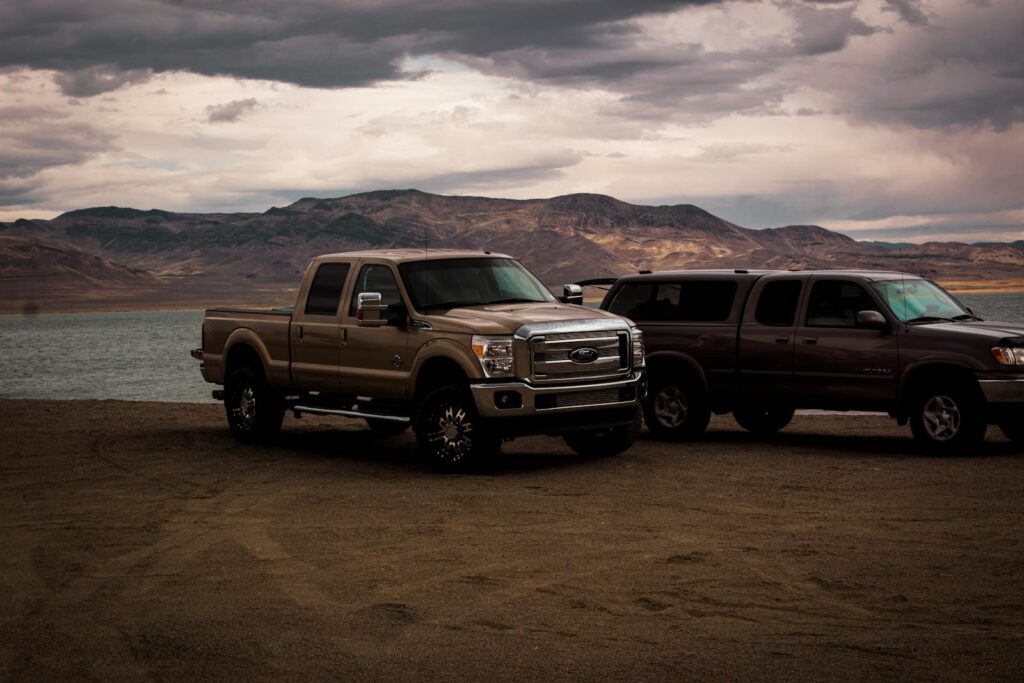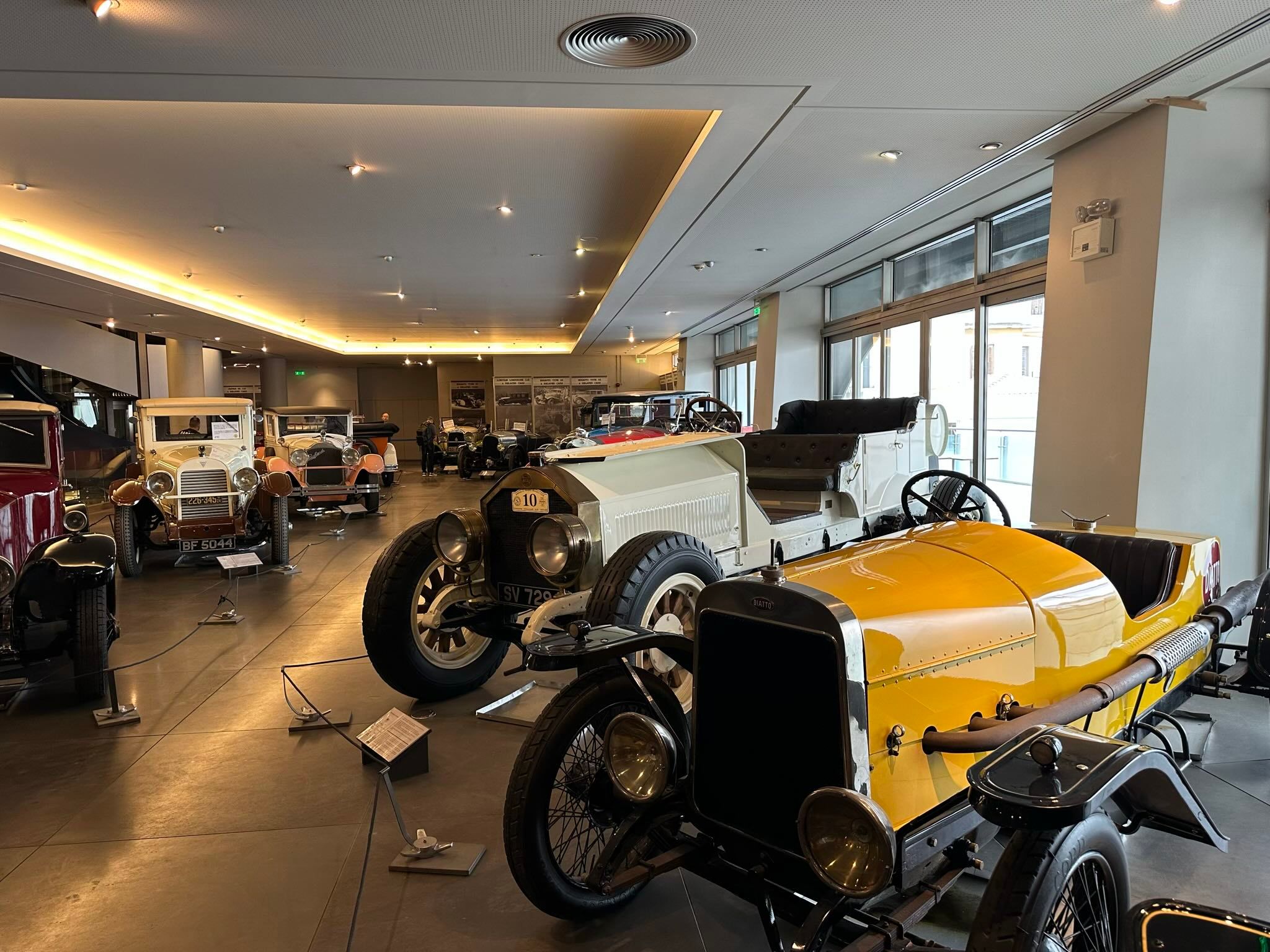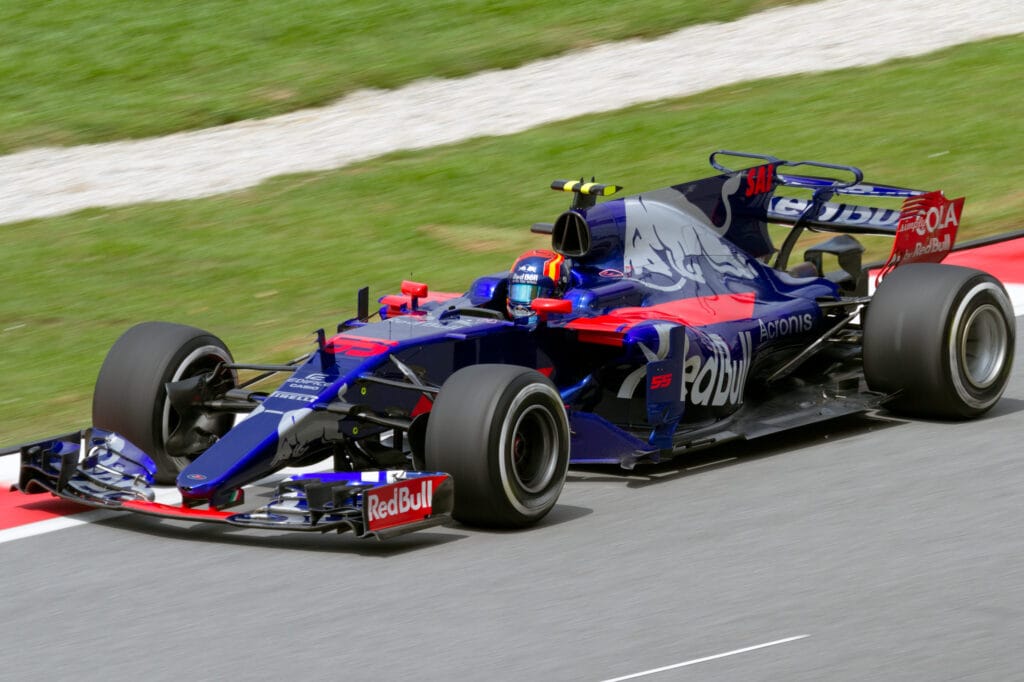
Okay, buckle up, buttercups! We’re about to take a seriously nostalgic road trip down memory lane, cruising past some of the most iconic car brands that once ruled our roads, graced our driveways, and filled our dreams. The automotive world is always zipping forward, with new innovators like Tesla, Lucid, and Rivian zooming onto the scene, but sometimes, we just can’t help but look back and sigh. Remember those brands that felt like they were always going to be there? Yeah, us too.
It’s wild to think that over a dozen established car brands have just… disappeared over the past 25 years. Some were grand old names that succumbed to corporate shake-ups, while others were fresh, innovative ventures that just couldn’t quite keep up with the fast-paced changes in consumer tastes and industry demands. But here’s the thing: despite their ultimate downfalls, each and every one of these brands contributed something truly special to shaping the modern automotive landscape. They left their tire marks, big or small.
So, get ready to feel a little bittersweet as we dive deep into the first seven of these vanished legends. We’re talking about the brands that captured our attention with bold style, solid performance, and often, a real sense of everyday appeal. They had a time when they mattered, a time when they truly resonated with drivers across the country. And honestly? We kinda still miss them. Let’s roll!
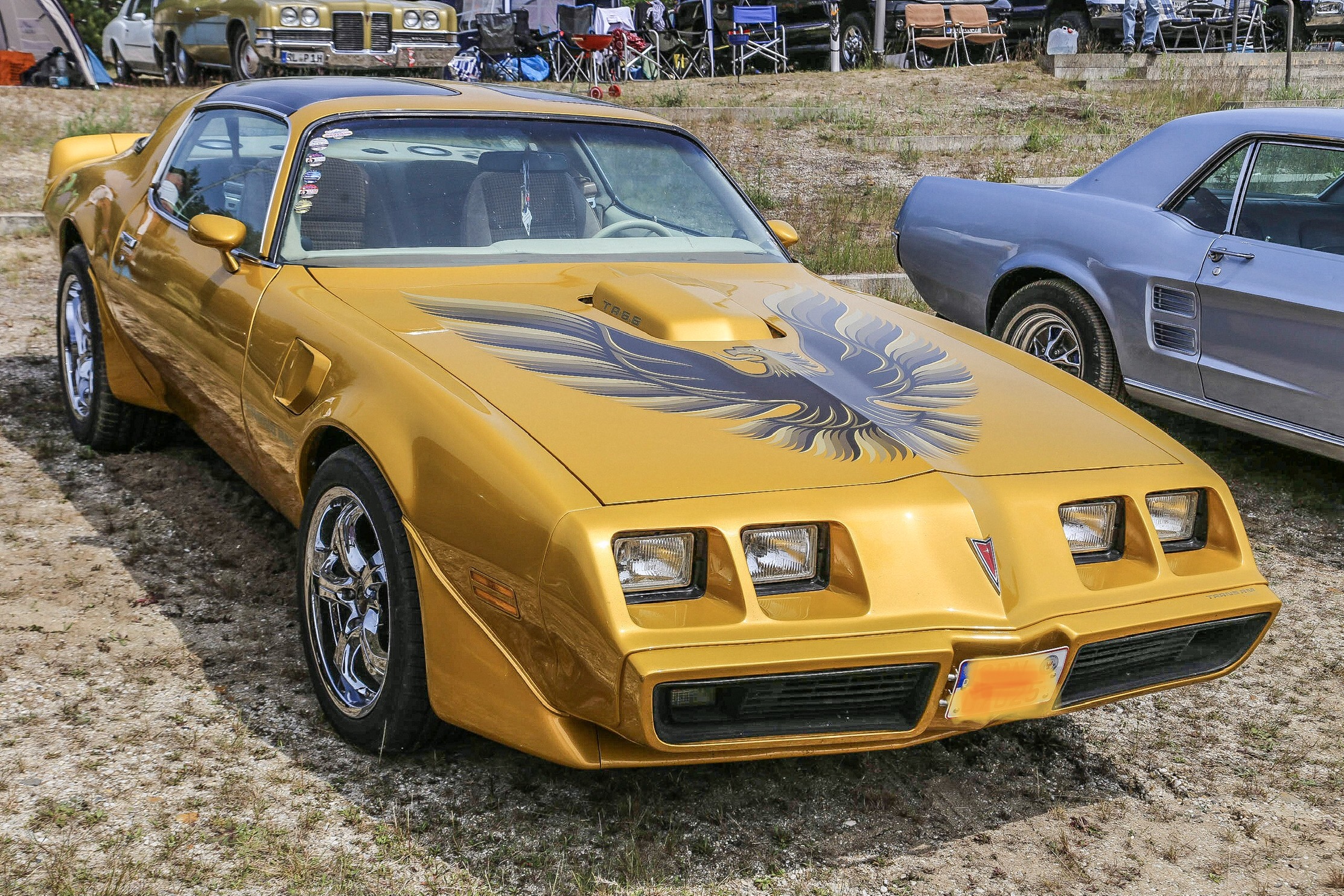
1. **Pontiac** Pontiac, one of America’s most iconic car brands, was originally established way back in 1926. This brand became absolutely synonymous with American performance cars, producing legendary models like the GTO and Firebird that basically *defined* the muscle car era. Can you even imagine the 60s and 70s without a roaring Pontiac turning heads? They were known for those powerful V8 engines and seriously sporty designs, offering enthusiasts high-performance vehicles with striking aesthetics.
The brand also shot to even greater fame with the Pontiac Trans Am, especially after its splash in pop culture – remember a certain black and gold icon? That alone cemented its status as a favorite among collectors, long after its production ended. Pontiac had a certain attitude, a sense of personality that appealed to people who liked a little flash, something with road presence that could turn a few heads without being totally over the top. It worked for a wide range of buyers.
However, the good times eventually hit a speed bump. Later on, Pontiac’s image started to drift; the models felt less distinct, and that bold styling gave way to something a bit more… ordinary. The brand struggled to find its next chapter, losing some of its unique appeal. Unfortunately, Pontiac was among three brands that General Motors had to discontinue in 2010 as part of its financial crisis restructuring, marking a truly sad end of an era for American muscle car enthusiasts. People definitely remember it, especially from its earlier years, but its end came with little surprise.
Car Model Information: 1966 Pontiac GTO Coupe
Name: Pontiac GTO
Caption: 2005 Pontiac GTO
Manufacturer: Pontiac (automobile),Holden
Class: Mid-size car,Compact car,Mid-size car
Production: 1963–1974,2003–2006
Predecessor: Pontiac Tempest
Layout: Front-engine, rear-wheel-drive layout
ModelYears: 1964-1974 2004-2006
Categories: 1970s cars, 2000s cars, All articles with unsourced statements, Articles with short description, Articles with unsourced statements from October 2008
Summary: The Pontiac GTO is a front-engine, rear-drive, two-door, and four-passenger automobile manufactured and marketed by the Pontiac division of General Motors over four generations from 1963 until 1974 in the United States — with a fifth generation made by GM’s Australian subsidiary, Holden, for the 2004 through 2006 model years.
The first generation of the GTO is credited with popularizing the muscle car market segment in the 1960s. Some consider the Pontiac GTO to have started the trend with all four domestic automakers offering a variety of competing models.
For the 1964 and 1965 model years, the GTO was an optional package on the intermediate-sized Pontiac LeMans. The 1964 GTO vehicle identification number (VIN) started with 22, while the 1965 GTO VIN began with 237. The GTO was designated as a separate Pontiac model from 1966 through 1971 (VIN 242…). It became an optional package again for the 1972 and 1973 intermediate LeMans. For 1974, the GTO was an optional trim package on the compact-sized Ventura.
The GTO model was revived for the 2004 through 2006 model years as a captive import for Pontiac, a left-hand drive version of the Holden Monaro, itself a coupé variant of the Holden Commodore.
Get more information about: Pontiac GTO
Buying a high-performing used car >>>
Brand: Pontiac Model: GTO
Price: $59,991 Mileage: 4,408 mi.
Read more about: Driven into the Sunset: Exploring 14 Iconic American Car Brands That Vanished After Their Heyday
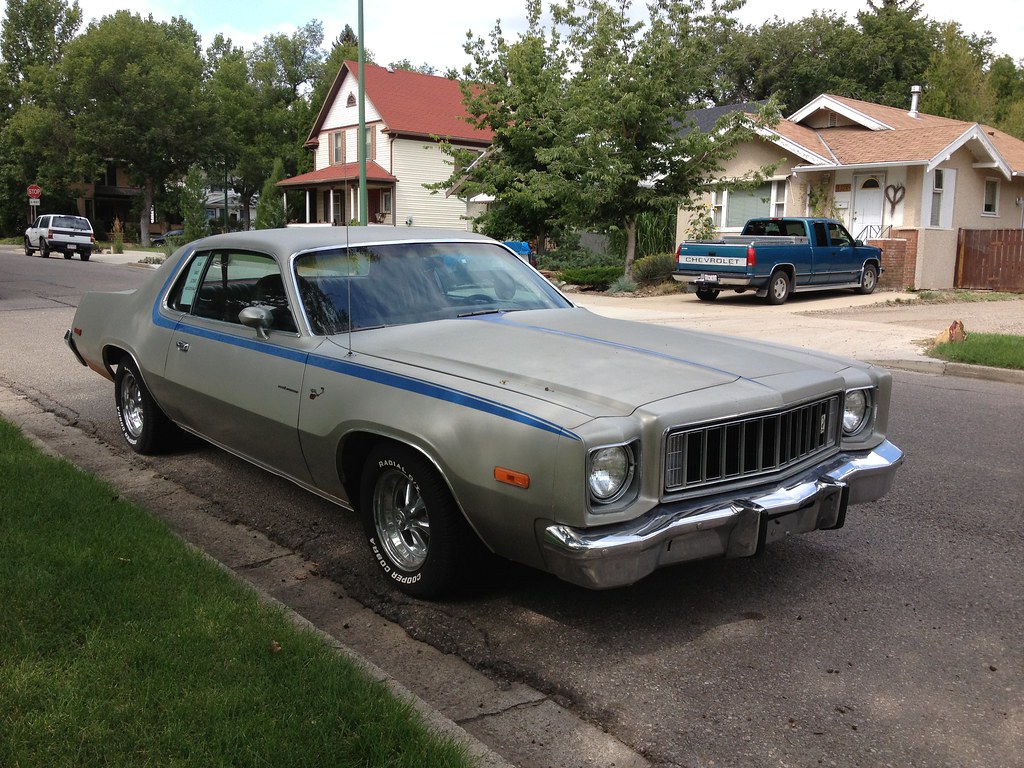
2. **Plymouth** Ah, Plymouth! This brand made so much sense to so many people for so long. It was first introduced by Chrysler in 1928 as an affordable, entry-level brand, and it truly hit its stride by offering reliable, American-made vehicles that were well within reach for families who wanted something practical but definitely not stripped down. For decades, it held a clear place on the street, often seen as a smart and steady choice for everyday life.
Over the years, Plymouth became home to numerous iconic models that really captured the American spirit. We’re talking about muscle cars like the Barracuda and the Prowler roadster – total head-turners! But it also embraced the family-oriented side of life with popular vehicles like the Neon sedan and the ever-present Voyager minivan. Plymouth cars often had bold designs and impressive horsepower, leaving a lasting impression and making it a key name in automotive history.
But sadly, like many brands, Plymouth’s identity started to blur. It began offering models that looked a little *too* similar to those sold by its sister brands, and without a strong reason to stand out, consumer interest cooled. Following Chrysler’s merger with Daimler, the Plymouth brand was ultimately discontinued in 2001, ending its impressive 73-year run in the American auto market. Its demise wasn’t a failure, but more of a quiet retreat; by the time it disappeared, many had already moved on.
Read more about: Driven into the Sunset: Exploring 14 Iconic American Car Brands That Vanished After Their Heyday
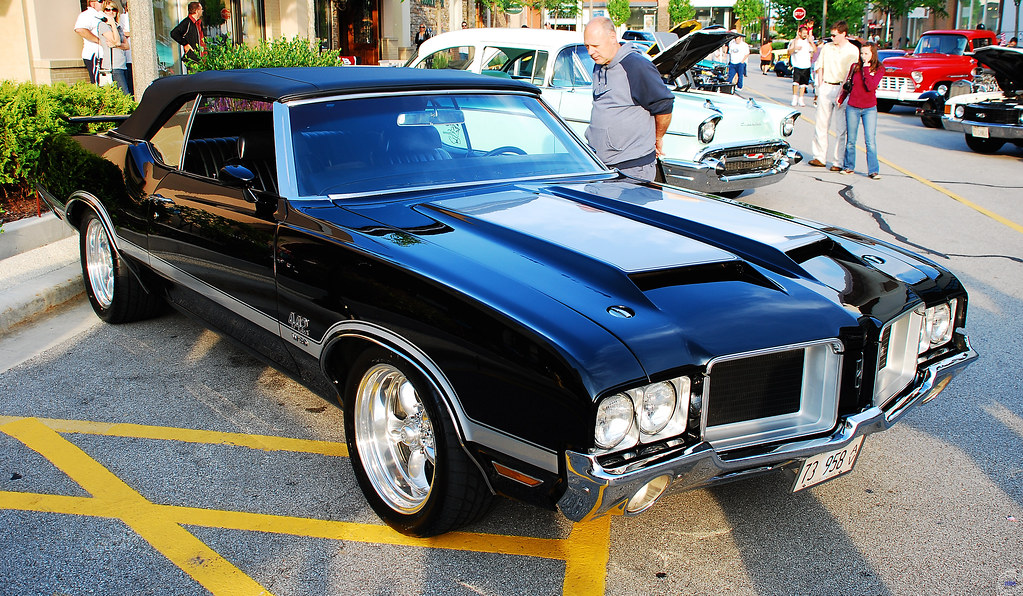
3. **Oldsmobile** Get ready for a history lesson, because Oldsmobile was truly a pioneer! Ransom E. Olds introduced the original Oldsmobile to the market in 1897, making it one of the oldest car manufacturers in the *entire world*. General Motors acquired the brand in 1908, and for nearly a century, it remained one of GM’s premier luxury divisions. This wasn’t just any brand; it was a cornerstone of American automotive innovation.
Oldsmobile was one of the first companies to mass-produce cars using an assembly line, even before Henry Ford perfected the technique. One of its most notable early models, the Curved Dash Oldsmobile (1901–1907), became one of the first mass-produced automobiles and gained immense popularity, truly setting the stage for modern manufacturing. Under GM’s ownership, Oldsmobile became renowned for innovation and performance, often serving as a testing ground for new technologies before they were implemented in other GM brands. They were always pushing boundaries!
Seriously, they introduced the Hydra-Matic, the first mass-produced fully automatic transmission, in 1940! And then came the late 1940s with the development of the “Rocket” V8 engine, which made Oldsmobile’s cars some of the fastest and most powerful of their time. Models such as the Oldsmobile 88 and Oldsmobile Cutlass became highly popular, cementing the brand’s reputation for reliability and innovation. However, despite its historical significance and groundbreaking developments, Oldsmobile struggled to maintain sales in later decades. GM’s decision to standardize designs across brands hurt Oldsmobile’s uniqueness, and falling sales, combined with an aging customer base, led to its discontinuation in 2004, ending over a century of automotive legacy. It left behind a quiet kind of respect.
Read more about: Driven into the Sunset: Exploring 14 Iconic American Car Brands That Vanished After Their Heyday
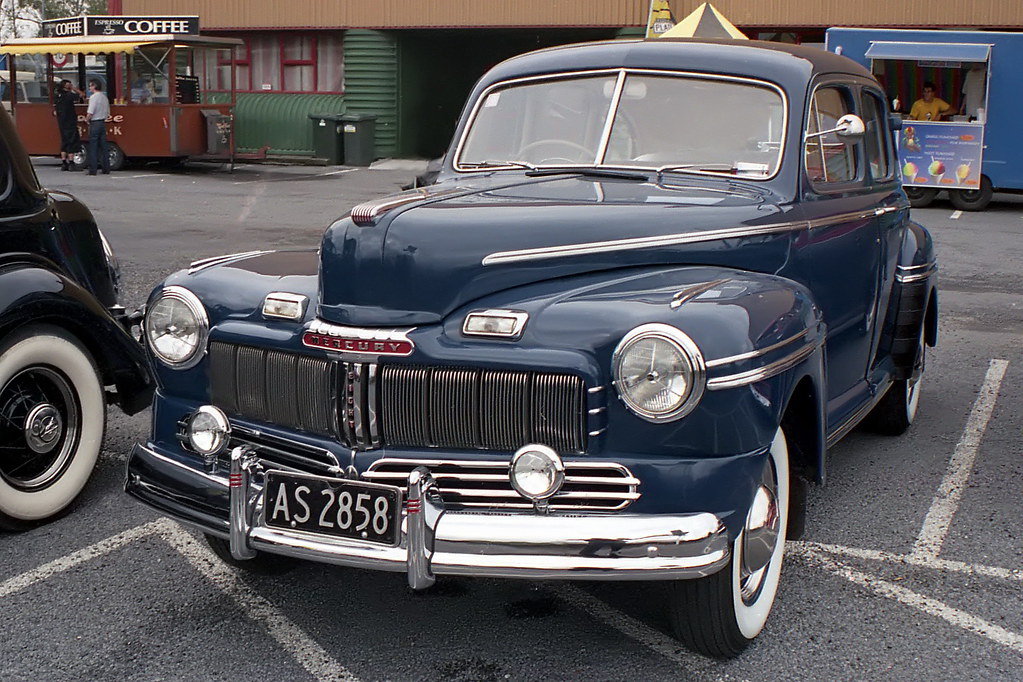
4. **Mercury** Mercury really carved out a nice middle ground in the automotive market. Ford introduced Mercury in 1938 as a mid-tier brand, cleverly positioned between its budget-friendly Ford lineup and the luxury-oriented Lincoln division. This was genius! It was a step above the everyday without getting *too* fancy, making it perfect for folks who wanted comfort and a bit of polish without the higher price tag that came with full-blown luxury. For years, it filled that gap with both style and ease.
The brand was known for iconic models like the Cougar and Grand Marquis, which delivered stylish yet affordable vehicles that appealed to families and enthusiasts alike. Mercury’s sleek designs and powerful engines found a loyal audience who appreciated that unique niche it occupied within Ford’s expansive lineup. It had a long run, and it certainly served its purpose well during the years it mattered, offering that sweet spot of sophistication and accessibility.
But eventually, that sweet spot became harder to define. Mercury struggled to differentiate itself clearly from Ford models, leading to a blurred identity. Other brands either caught up or surpassed it in appeal, and Mercury simply stopped evolving. Declining market share and a lack of distinct identity ultimately led to Ford discontinuing the Mercury brand in 2010 (though some sources say 2011), bringing its unique chapter to a quiet close with little noise. Buyers looked elsewhere, and the name lost traction.
Read more about: Driven into the Sunset: Exploring 14 Iconic American Car Brands That Vanished After Their Heyday
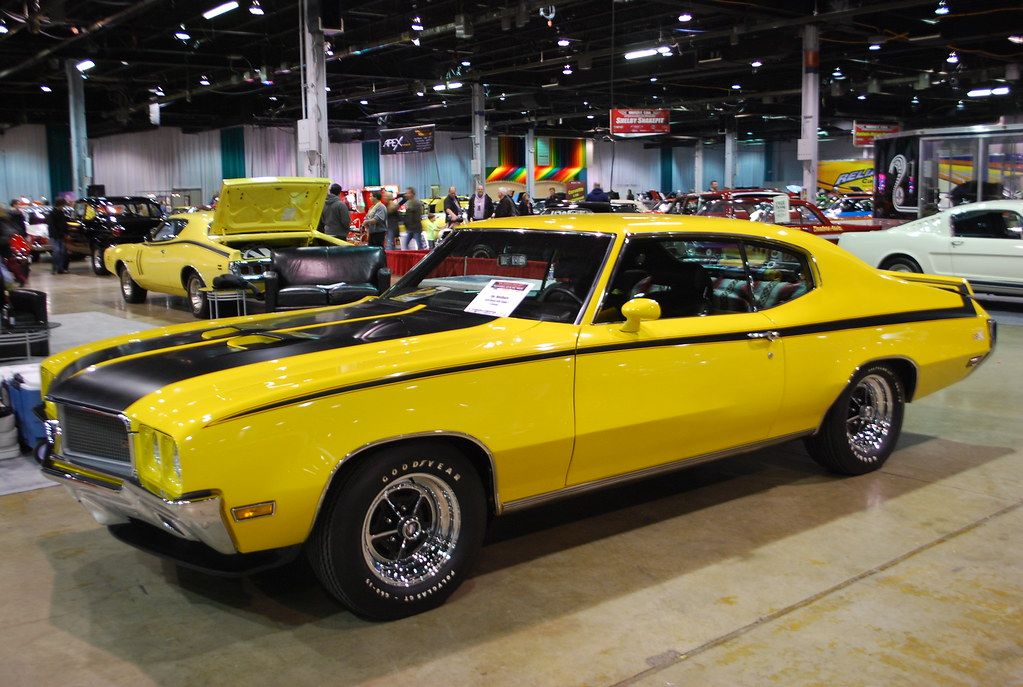
5. **Saturn** Okay, let’s talk about Saturn – a brand that truly arrived with a mission! Established in 1982 and heavily marketed in the 1990s as “a different kind of car company,” Saturn was General Motors’ innovative venture created specifically to compete head-on with compact models from Japanese automakers. They promised a smoother sales process, simpler decisions, and a whole new way to think about buying a car, famously using a no-haggle pricing model and even featuring unique polymer body panels. A lot of customers absolutely loved that fresh approach, and it earned a seriously loyal following in its early years.
Models like the Saturn S-Series and the Ion offered innovative features at affordable prices, truly standing out from the crowd. Saturn aimed to foster a sense of community among its owners, often hosting “homecoming” events that celebrated the brand’s unique identity. It was all about the customer-first approach and making the car-buying experience, dare we say, *enjoyable*? That distinctiveness was its superpower, drawing in buyers who felt ignored by traditional dealerships.
However, staying “different” proved to be a monumental challenge. By the early 2000s, General Motors had ceased developing unique models for the brand, instead resorting to rebranding existing GM vehicles under the Saturn name. This move essentially stripped away the very distinctiveness that made Saturn special. The models started looking more like everything else, and the buying experience lost its charm. Following years of declining sales and amidst GM’s bankruptcy reorganization, Saturn was discontinued, with production officially ending in October 2009 (some sources say 2010). It arrived with a clear idea and a bold promise, but the follow-through didn’t hold up, and it left without much resistance.
Read more about: Driven into the Sunset: Exploring 14 Iconic American Car Brands That Vanished After Their Heyday
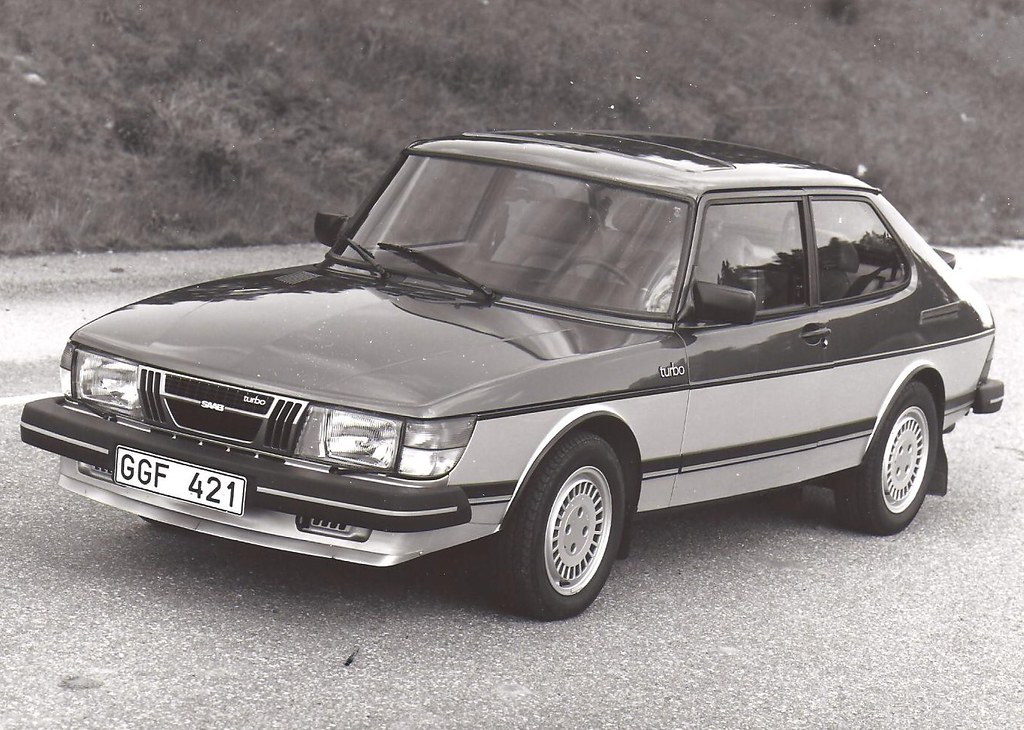
6. **Saab** Oh, Saab! The Swedish automaker that had a cult following for all the right reasons. Founded in 1945, Saab quickly became iconic for its unconventional yet incredibly practical designs, always emphasizing safety, durability, and a unique kind of style that just screamed “intelligent luxury.” Popular models like the Saab 900 and 9-3 weren’t just cars; they were statements, known for their distinct turbocharging technology and cool, aviation-inspired features – a nod to the company’s roots in aircraft manufacturing!
Saab’s quirky engineering and truly unique style attracted a fiercely loyal following who appreciated cars that thought outside the box. These weren’t your average sedans; they were often seen as vehicles for those who valued thoughtful design, innovative safety, and a driving experience that felt a little bit special. They truly left a lasting impression with their blend of performance, practicality, and undeniable Scandinavian charm.
Unfortunately, even with such a dedicated fanbase, Saab struggled financially for years. General Motors acquired a significant stake in 1989, eventually taking full ownership in 2000. However, years of financial struggles, compounded by a global recession, led GM to sell Saab in 2009. After passing through the hands of various European automotive companies and facing continued difficulties in securing funding, the brand was ultimately dissolved in 2016 (though production mostly ceased in 2011), unable to continue operations. Saab may be gone, but its spirit of quirky innovation definitely lives on in the hearts of its devoted fans.
Car Model Information: 1995 Saab 900 SE
Name: Saab 900
Caption: Saab 900 SE Turbo 3-door
Manufacturer: Saab-Scania,Saab Automobile
Production: 1978–1998
Assembly: Sweden:,Trollhättan,Arlöv,Malmö,Uusikaupunki
Class: Compact executive car
Layout: Front-engine, front-wheel-drive layout
Predecessor: Saab 99
Successor: Saab 9-3
Categories: 1980s cars, 1990s cars, All Wikipedia articles needing clarification, All articles needing additional references, All articles that may contain original research
Summary: The Saab 900 is a mid-sized automobile produced by Swedish manufacturer Saab from 1978 until 1998 in two generations: the first from 1978 to 1994, and the second from 1994 to 1998.
The first-generation car was based on the Saab 99 chassis, though with a longer front end to meet U.S. frontal crash regulations and to make room for the turbo-charged engines, air conditioning and other equipment that was not available in the early days of the 99 model. The 900 was produced in 2- and 4-door sedan, and 3- and 5-door hatchback configurations and, from 1986, as a cabriolet (convertible) model. There were single- and twin-Zenith carburettor; fuel injected, and turbocharged engines, including Full Pressure Turbo (FPT) and, in European models during the early 1990s, Low Pressure Turbos (LPT).
Get more information about: Saab 900
Buying a high-performing used car >>>
Brand: Saab Model: 900
Price: $5,995 Mileage: 93,500 mi.
Read more about: Gone But Not Forgotten: 14 Beloved Cars That Vanished Unexpectedly from Production
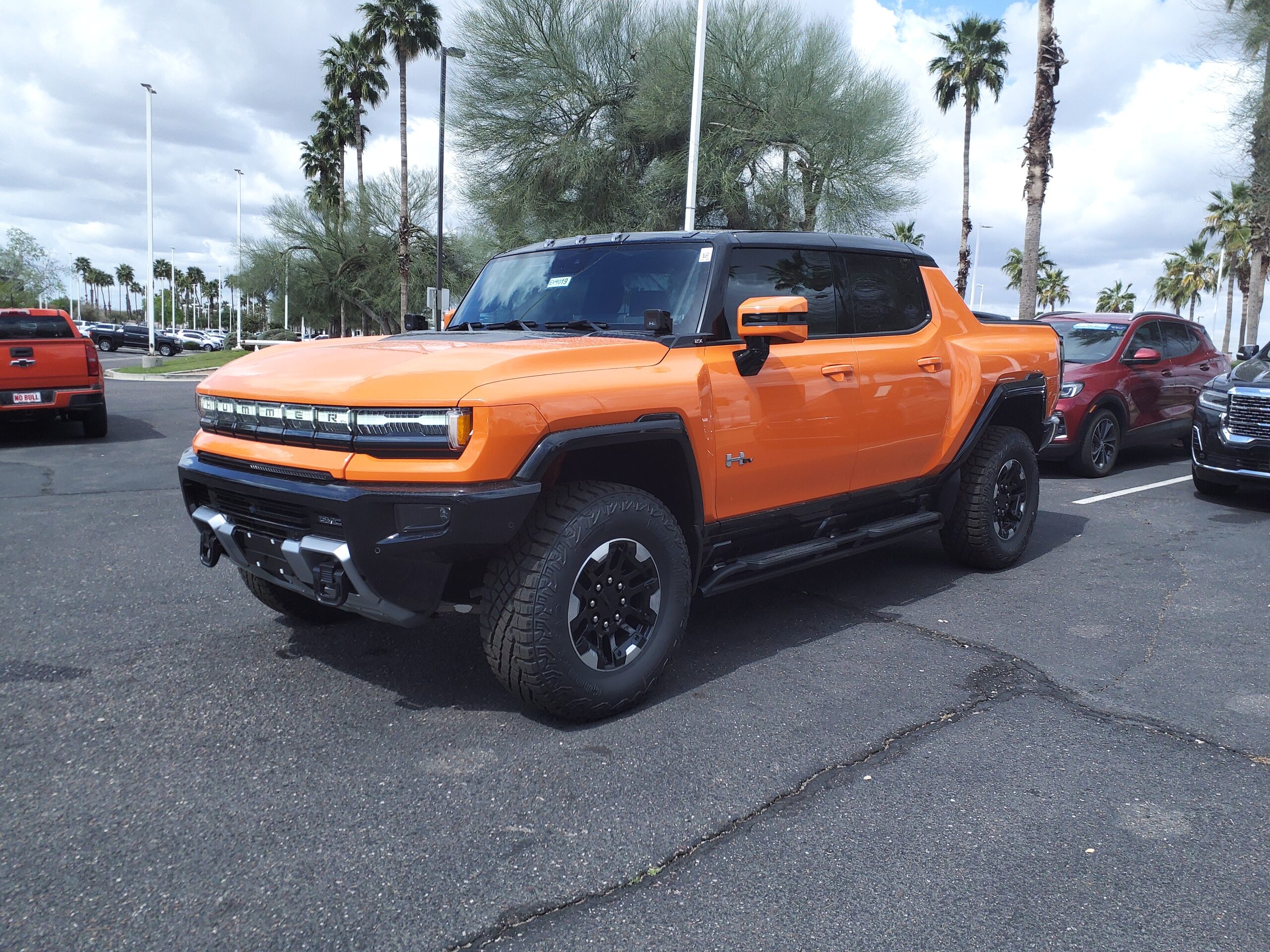
7. **Hummer** Hummer made an entrance, and boy, was it a bold one! General Motors established the Hummer division in 1999 to market the AM General-manufactured H1, which was essentially a civilian version of the U.S. military’s High Mobility Multipurpose Wheeled Vehicle (HMMWV), aka the Humvee. This vehicle was impossible to miss with its massive, rugged presence, and that immediately gave it a strong, unmistakable identity in its early years. It appealed to buyers who wanted size, extreme visibility, and an undeniable sense of control and command on the road.
In the years that followed, GM expanded the lineup, introducing the slightly more consumer-friendly H2 and H3 models, which also embraced that oversized, gas-guzzling SUV aesthetic. Hummer became synonymous with luxury off-roading, a symbol of early 2000s automotive culture that projected a powerful, uncompromising image. It truly captured a moment in time when bigger seemed better, and subtlety was definitely not on the menu.
However, tastes can change quickly, and public opinion definitely shifted. As environmental concerns grew and gas prices started to climb, Hummer’s extreme fuel consumption and sheer footprint became harder to justify. People began leaning more towards practicality and efficiency, and Hummer’s appeal quickly faded from focus. Sales dropped dramatically, and GM ultimately shut down the Hummer brand in 2010 during its post-bankruptcy restructuring. While GM did resurrect the Hummer name in 2021 as an electric truck under the GMC lineup, it’s not as a standalone brand, marking the end of its independent, larger-than-life era. Even now, it remains one of the most recognizable names that came and went, leaving an unforgettable mark.
Alright, road trippers, we’ve revved through seven incredible legends, but the journey isn’t over yet! Just like that last slice of pizza you *swear* you don’t need but secretly crave, there are more automotive stories waiting to be unearthed. These next seven brands might not always be the first names that pop into your head, but trust us, they each left their own unmistakable tire tracks on the asphalt of history. They innovated, they struggled, and they ultimately became part of the ‘gone but not forgotten’ club. Let’s peel back the layers on these fascinating departures and see what made them tick—and why they eventually faded from the mainstream.
Car Model Information: 2002 Hummer H1 Enclosed
Name: Hummer H1
Manufacturer: AM General
Aka: Hummer HMC (1992–2002),HMMWV (HUMVee)
Production: 1992–2006 (11,818 produced)
ModelYears: 1992–2004 , 2006
Assembly: Mishawaka, Indiana
Class: Full-size,pickup truck
BodyStyle: 4-door Open Top – HMCO , 4-door SUV – HMCS , 4-door Hard Top – HMC4 , 2-door Fleet – KSC2 , 2-door Pickup – XLC2
Related: Humvee
Layout: Front-engine, four-wheel-drive layout,four-wheel drive
Engine: Chevrolet_small-block_engine_(first-_and_second-generation)#L05,V8 engine
Transmission: Automatic transmission,GM 4L80-E transmission
Wheelbase: 130 in
Abbr: on
Length: 184.5 in
Width: 86.5 in
Height: 77 in
Caption: Hummer HMC Soft Top
Categories: 2000s cars, AM General vehicles, All-wheel-drive vehicles, Articles with short description, Cars introduced in 1992
Summary: The Hummer H1 is a full-size four-wheel-drive utility vehicle based on the M998 Humvee, which was developed by AM General when it was a subsidiary of American Motors Corporation (AMC). Originally designed strictly for military use, the off-road vehicle was released to the civilian market.
The civilian version was produced from 1992 through 2006 and was the first of what became the Hummer line. AM General built both the H1 and the Humvee in its Mishawaka, Indiana, facility. GM stopped marketing the H1 in the 2006 model year, but AM General continued production of the military Humvee versions through 2018.
Get more information about: Hummer H1
Buying a high-performing used car >>>
Brand: Hummer Model: H1
Price: $138,800 Mileage: 14,702 mi.
Read more about: Driven into the Sunset: Exploring 14 Iconic American Car Brands That Vanished After Their Heyday
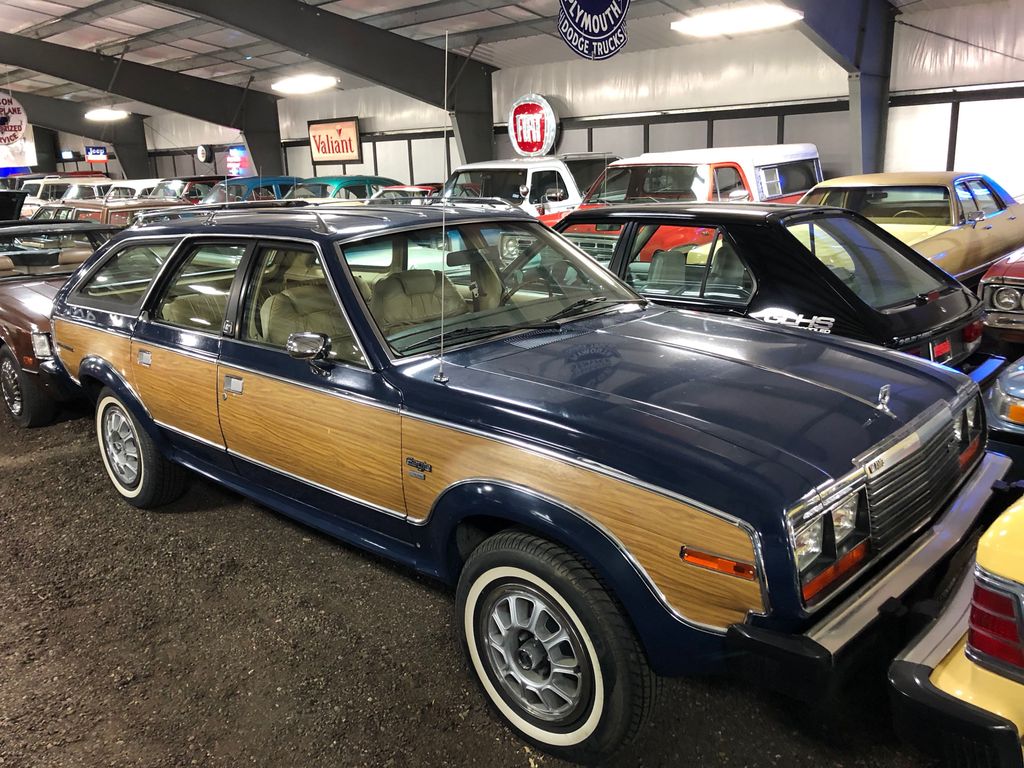
8. **Eagle** Eagle swooped onto the scene in 1988, hatched by Chrysler Corporation right after they snagged American Motors Corporation (AMC) the year before. Talk about a dramatic entrance! The brand smartly borrowed its name from AMC’s well-loved crossover line, instantly giving it a recognizable, if slightly repurposed, identity. It was a fascinating experiment in blending legacies, trying to keep a bit of that AMC spirit alive under Chrysler’s big umbrella.
Initially, Eagle served as a neat little platform for Chrysler to keep pushing AMC-developed models, like the distinctive Eagle Premier and the still-very-AMC-branded Eagle Wagon. It felt like a handshake between two eras, giving loyal AMC fans something familiar while trying to usher in a new chapter. This move showcased Chrysler’s efforts to integrate its new acquisition’s strengths into its diverse lineup, hoping to capture a broad market.
But here’s where things got a bit more… global. Eagle wasn’t just about AMC hand-me-downs; it also smartly offered rebadged Mitsubishi vehicles, introducing us to models like the sporty Eagle Talon and the efficient Eagle Summit, which were actually rebranded versions of the Mitsubishi Eclipse and Mirage. It was a bit of a mixed bag identity-wise, trying to be a little bit of everything. Unfortunately, this blend didn’t quite take flight, and due to declining sales, Chrysler ultimately grounded the Eagle brand in 1999, just 11 years after its creation.
Read more about: Driven into the Sunset: Exploring 14 Iconic American Car Brands That Vanished After Their Heyday
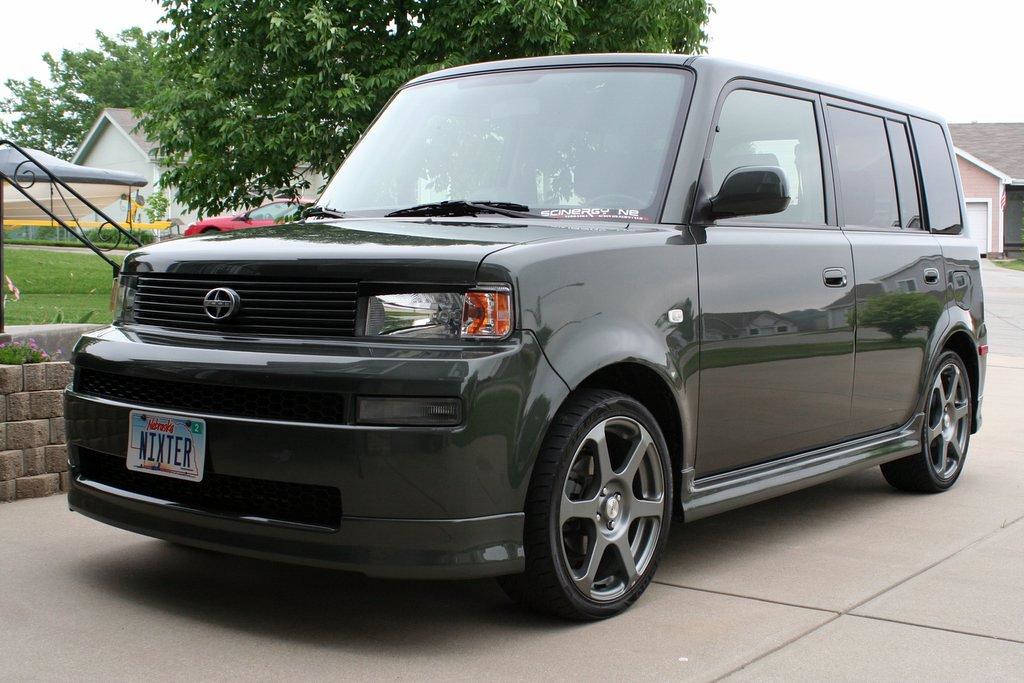
9. **Scion** Remember when Toyota decided to play it cool and launch a brand specifically for the ‘kids’? That was Scion, born in 2003 as an experimental venture aimed squarely at younger consumers. The idea was brilliant: offer compact, unconventional economy cars with unique designs and a straightforward, no-haggle pricing model. It was supposed to be fresh, edgy, and a complete departure from the staid reliability often associated with Toyota.
Scion wanted to be different, and for a while, it was! Models like the boxy xB, the sporty tC, and later the much-loved FR-S were distinct. They tried to cultivate a vibe of customization and individuality, speaking directly to new drivers and urban dwellers who wanted something that didn’t scream ‘my parents’ car.’ It connected well, for a brief period, with a specific demographic looking for something truly unique.
However, keeping that youthful spark alive proved harder than hitting snooze on a Monday morning. Scion’s lineup never quite hit the widespread success Toyota had envisioned, and sales took a major hit after the 2008 recession. The brand struggled to keep its designs fresh and relevant, with its models often growing more conservative. Eventually, Toyota absorbed the brand back into its main lineup, discontinuing Scion in 2016. It arrived with a clear vision, but maintaining that “different” factor for the long haul was a challenge too great.
Read more about: Beyond the Hype: 11 Unbeatable Sports Cars for Budget-Conscious Enthusiasts Seeking Long-Term Reliability and Driving Thrills
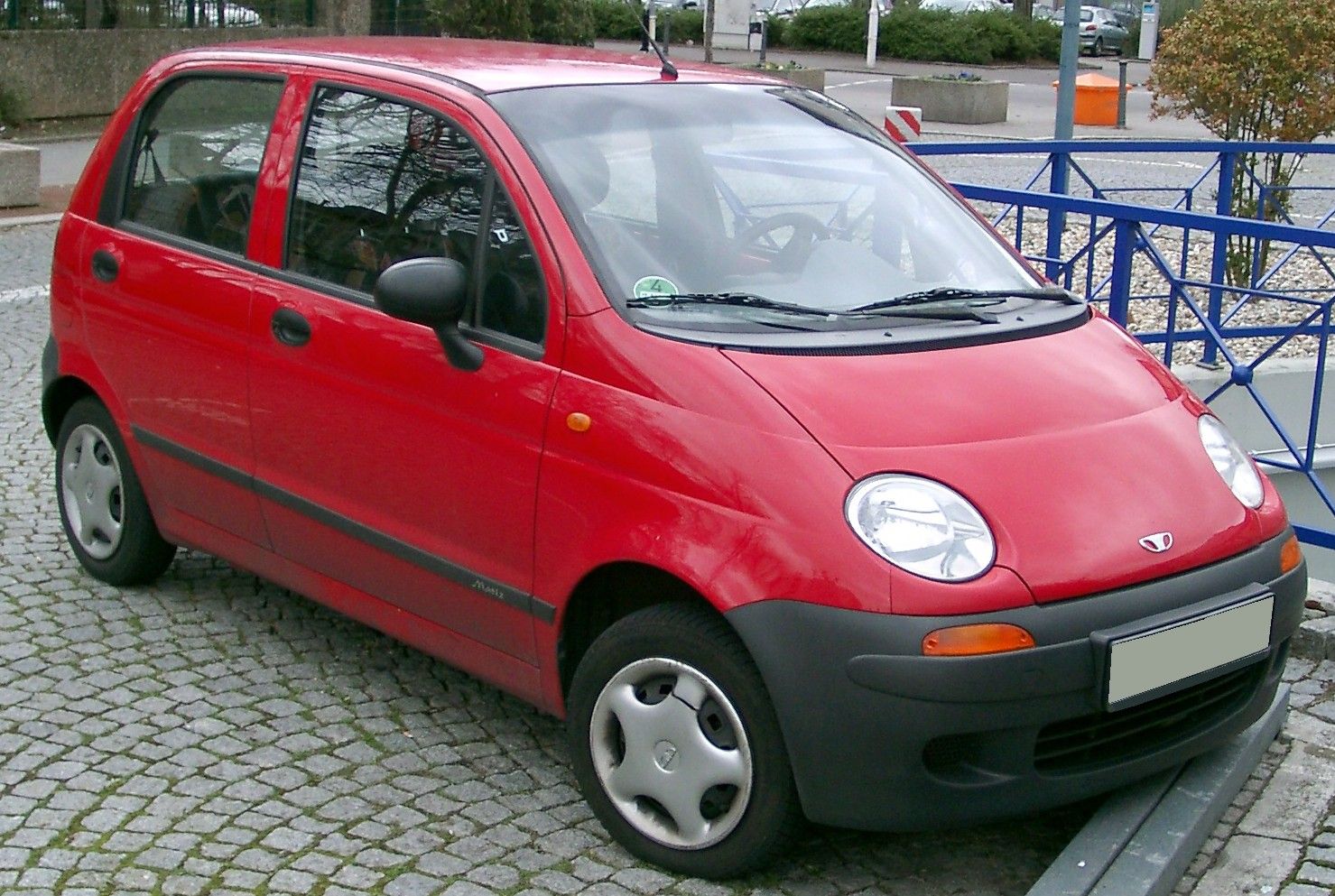
10. **Daewoo Motors** Let’s jet over to South Korea for a moment and talk about Daewoo Motors, once a titan among the nation’s largest automobile manufacturers. For years, Daewoo was a significant player, producing a wide range of vehicles that were popular both domestically and in various export markets. They were a force to be reckoned with, contributing significantly to the burgeoning global automotive scene.
However, even giants can stumble. Daewoo Motors faced a severe financial crisis, not necessarily due to their cars, but because of a massive scandal involving its parent company. This led to a devastating bankruptcy in 1999, effectively dismantling a major automotive powerhouse. It was a harsh reminder that even robust brands can be impacted by external corporate drama, and it certainly sent shockwaves through the industry.
General Motors, always on the lookout, swooped in and acquired Daewoo Motors in 2002, rebranding it first as GM Daewoo, and then eventually transitioning it to GM Korea in 2011. While the Daewoo-branded vehicles continued to be sold for several years after GM’s takeover, the nameplate itself has remained dormant for more than a decade. It’s a bittersweet tale of a once-mighty name living on, but only in its new form, never truly reclaiming its original glory.
Read more about: Gone But Not Forgotten: 14 Beloved Cars That Vanished Unexpectedly from Production

11. **Fisker Automotive** Before Fisker Inc. started making waves, there was Fisker Automotive, a pioneering company that truly aimed for the stars in the luxury EV space. Established in 2007, they quickly garnered attention, not least for introducing their first vehicle, the utterly stylish and rather revolutionary range-extended EV known as the Karma, in 2011. It was a car that screamed ‘future’ with its striking design and eco-conscious luxury.
The Karma was a head-turner, but unfortunately, dazzling looks don’t always translate to roaring sales. The company grappled with sluggish sales, which put a real strain on its financial standing. To add insult to injury – or rather, catastrophic natural disaster to already tough times – a huge chunk of their inventory was tragically destroyed during Hurricane Sandy. Imagine trying to recover from that kind of hit!
These combined woes were just too much for the young company to overcome. Fisker Automotive ultimately filed for bankruptcy in 2013, a mere five years after its founding. It was later acquired by China’s Wanxiang Group in 2014, marking the end of its independent, ambitious run. Fisker Automotive’s story is a stark reminder that even the most visionary designs and groundbreaking ideas need solid financial footing and a bit of luck to truly thrive.
Car Model Information: 2018 Karma Revero Base
Name: Fisker Karma
Manufacturer: Fisker Automotive
Production: 2011–2012
Assembly: Uusikaupunki
Class: Full-size car,Luxury vehicle
BodyStyle: sedan (automobile)
Layout: Front-engine, rear-wheel-drive layout
Related: ubl
Platform: Chevrolet Volt#Concept vehicle
Engine: GM Ecotec engine#LNF,Straight-four engine
Motor: 120 kW
Abbr: on
Battery: 20.1 kWh
Range: 230 mi
ElectricRange: 32 mi
Drivetrain: PHEV,Hybrid vehicle drivetrain#Series hybrid
Transmission: 1-speed
Charging: 3.3 kW (220 V 15 A as for UK) on-board charger on IEC Type 1 inlet (SAE-J1772-2009)
Wheelbase: 124.4 in
Length: 195.67 in
Width: 78.11 in
Height: 51.57 in
Weight: 5300 lb
Designer: Henrik Fisker
Successor: Karma Revero
Categories: All articles containing potentially dated statements, All articles with dead external links, Articles containing potentially dated statements from September 2016, Articles with dead external links from December 2019, Articles with permanently dead external links
Summary: The Fisker Karma is a luxury plug-in range-extended electric sports sedan produced by Fisker Automotive between 2011 and 2012. The cars were manufactured by Valmet Automotive in Finland.
The United States Environmental Protection Agency (EPA) rated the Karma’s combined city/highway fuel economy at 52 mpg‑US (4.5 L/100 km; 62 mpg‑imp) equivalent (MPG-e) in all-electric mode, and at 20 mpg‑US (12 L/100 km; 24 mpg‑imp) in gasoline-only mode. EPA’s official all-electric range is 32 mi (51 km). Due to the very small cabin interior volume, the EPA rated the Fisker Karma as a subcompact car.
The first deliveries took place in the U.S. in late July 2011, and deliveries to retail customers began in November 2011. Pricing in the U.S. started at US$102,000 for the base model (EcoStandard), US$110,000 for the intermediate EcoSport model and US$116,000 for the top model (the “Animal Free” EcoChic). Around 1,800 units were delivered in North America and Europe through December 2012. The U.S. was the leading market, with about 1,600 units sold.
Production was suspended in November 2012 when the sole battery supplier to Fisker Automotive, A123 Systems, filed for bankruptcy following two battery recalls. Fisker Automotive was unable to carry on production of the Fisker Karma in the absence of its sole battery supplier, with about 2,450 Karmas built since 2011.
After furloughing its US workers in late March 2013, Fisker Automotive filed for bankruptcy in November 2013, after the United States Department of Energy auctioned its debt and sold it to Hybrid Technology LLC for US$25 million.
Following the sale of some of the assets of the company, the designs, rights to a plug-hybrid powertrain and a manufacturing facility in Delaware to the Chinese company Wanxiang, the new owners re-commenced production in September 2016 under the brand name Karma Automotive.
After several announcements by the Wanxiang Group to reintroduce an upgraded version of the Fisker Karma, the car was renamed the Karma Revero and Karma Automotive started taking orders in September 2016.
Get more information about: Fisker Karma
Buying a high-performing used car >>>
Brand: Fisker Model: Karma
Price: $39,998 Mileage: 44,463 mi.
Read more about: Driven into the Sunset: Exploring 14 Iconic American Car Brands That Vanished After Their Heyday
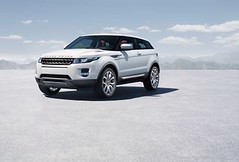
12. **Rover** For over a century, Rover wasn’t just a car brand; it was a deeply ingrained part of the British automotive industry. Think of it as that reliable, slightly eccentric aunt or uncle who always had interesting stories. Rover played a truly significant role, shaping British motoring with a heritage that spanned generations and produced a diverse range of vehicles, from sturdy family cars to more refined models.
However, despite its storied past, the brand hit some seriously rocky roads in its later years. In the two decades leading up to its eventual demise in 2005, Rover struggled relentlessly to remain competitive in an increasingly cutthroat global market. It faced stiff competition and internal challenges, making it harder and harder to keep pace with evolving consumer demands and technological advancements.
It’s interesting how legacies can splinter. While the Land Rover name, originally part of the same family, continues to thrive globally under India’s Tata Group, the Rover name itself has, sadly, never been revived. It’s a quiet testament to how even the most historic brands can become casualties of industry shifts and corporate restructurings, leaving behind a rich history but no active presence on today’s roads.
Read more about: From Night City’s Ashes: How Cyberpunk 2077 Clawed Its Way Back from Gaming’s Most Infamous Launch to a Resounding Redemption

13. **DeSoto** DeSoto was Chrysler’s charming answer to the mid-tier market, born in 1928 with a clear mission: to compete head-on with established names like Buick and Oldsmobile. This brand carved out a niche for itself, offering stylish, mid-priced cars that exuded a quiet elegance. For a long time, it truly made sense for buyers who wanted something respectable, a step up from the basics without dipping into full-blown luxury.
Models like the Fireflite stood out with their eye-catching designs and offered an appealing blend of comfort and polish. DeSoto held its place confidently, appealing to those who appreciated a bit of flair and sophistication without the extravagant price tag. It truly occupied that sweet spot between everyday practicality and aspirational elegance, and it did so with a certain understated grace.
Yet, even the most graceful departures can be bittersweet. DeSoto began to suffer from Chrysler’s *own* internal competition, as other brands within the family started overlapping its unique appeal. Add to that the punch of the 1958 recession, and the brand’s role became harder to define. Ultimately, Chrysler made the tough call and discontinued DeSoto in 1961, bringing its dignified 32-year production run to a quiet close. It slipped into history with a respectful nod, remembered by those who cherished its blend of style and accessibility.
Car Model Information: 1955 Desoto Firedome
Name: DeSoto
Logo: Desoto brand emblem.png
LogoSize: 150
Producttype: Automobile,truck
Producedby: Chrysler Corporation
Introduced: Walter Chrysler
Discontinued: [object Object]
Related: Plymouth (automobile)
Markets: North America
Previousowners: Chrysler
Categories: 1920s cars, 1928 establishments in Michigan, 1930s cars, 1940s cars, 1950s cars
Summary: DeSoto (sometimes De Soto) was an American automobile brand that was manufactured and marketed by the DeSoto division of Chrysler Corporation from 1928 to the 1961 model year. More than two million passenger cars and trucks bore the DeSoto brand in North American markets during its existence.
Get more information about: DeSoto (automobile)
Buying a high-performing used car >>>
Brand: DeSoto Model: DeSoto
Price: $69,000 Mileage: 54,464 mi.
Read more about: Driven into the Sunset: Exploring 14 Iconic American Car Brands That Vanished After Their Heyday
14. **AMC (American Motors Corporation)** If you loved an underdog story, then you probably had a soft spot for AMC, the American Motors Corporation. They might never have been the biggest player on the block, but for a solid stretch, they were arguably one of the most interesting! AMC truly made the most of its underdog status, churning out cars that were often delightfully unconventional, yet smartly targeted for specific audiences.
Think about it: from quirky compact commuters like the Gremlin and Pacer to the innovative, pioneering off-roaders like the Eagle, AMC consistently pushed boundaries. They gave us real street cred with muscle cars like the Rebel, AMX, and Javelin. AMC also boldly pioneered the compact SUV segment with the iconic Jeep Cherokee, a move that proved incredibly prescient and influenced the industry for decades. They were masters of personality, making cars that truly stood out.
However, even the most spirited underdogs face tough challenges. AMC struggled mightily to keep pace with the rapidly accelerating industry. Bigger competitors had deeper pockets and larger dealer networks, making it difficult for AMC to sustain its momentum and fund crucial new model development. Ultimately, the brand was absorbed into Chrysler in 1987, marking the end of its distinct and wonderfully eccentric journey. AMC left behind a rich legacy of risk-taking, originality, and a fierce independent spirit that car enthusiasts still celebrate today.
Read more about: Beyond the Big Three: 15 Forgotten Car Brands from the ’60s and ’70s That Deserve Another Look
And there you have it, folks! Another seven unforgettable brands that, for various reasons, waved goodbye to the automotive stage. From audacious electric pioneers to tenacious underdogs and storied national icons, each one of these names contributed something special to the rich tapestry of car culture. They might be gone from the dealerships, but their spirit—and often, their innovative ideas—still echoes in the cars we drive today. So next time you’re cruising down the road, give a little nod to these vanished legends. They may be memories, but what glorious, exciting memories they are!

